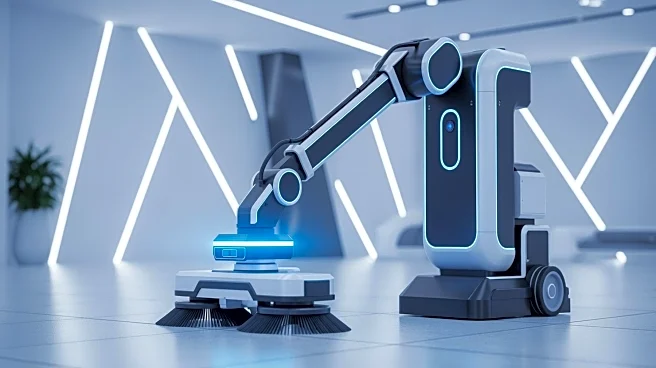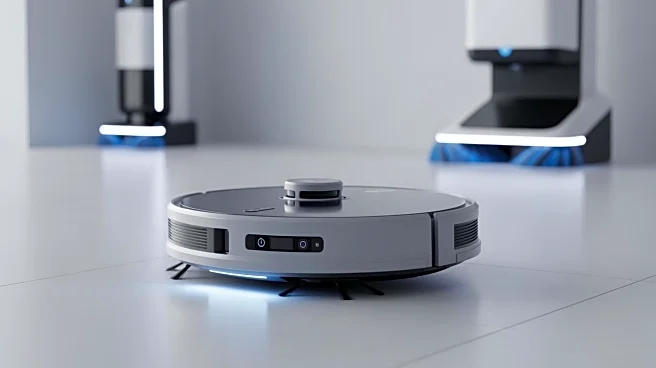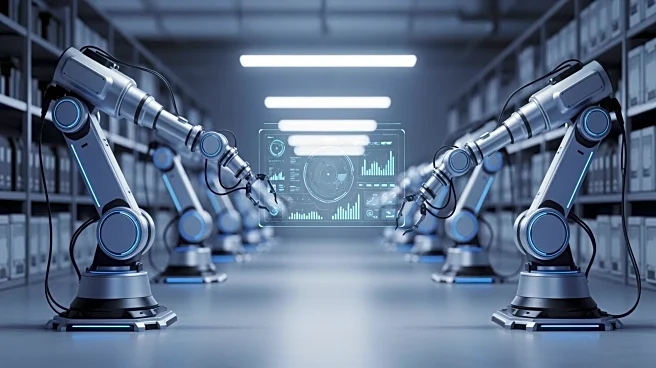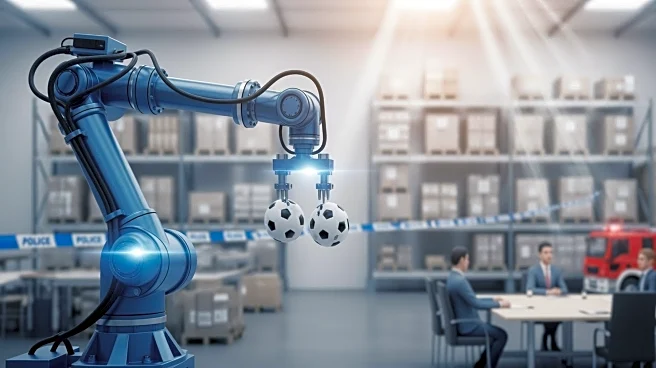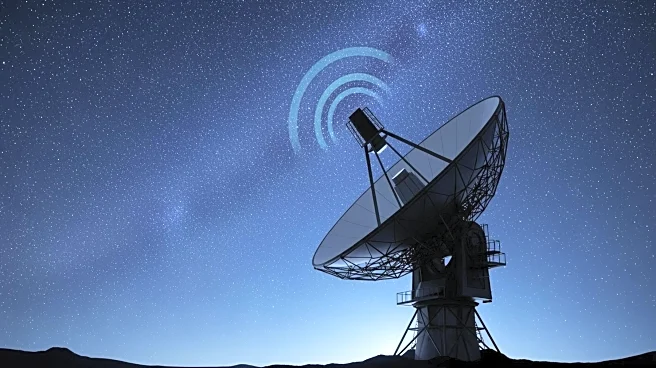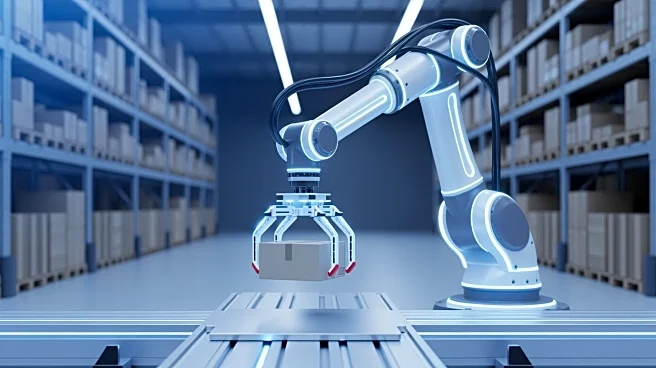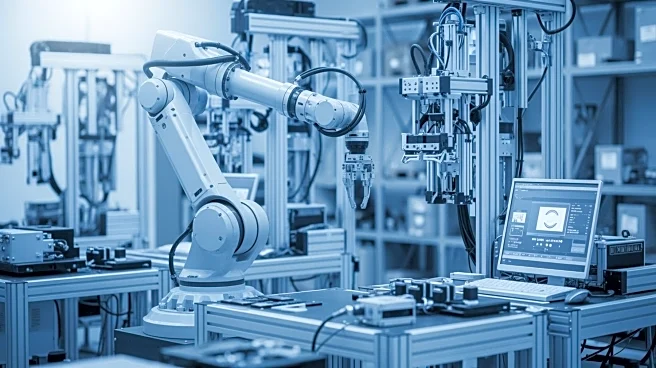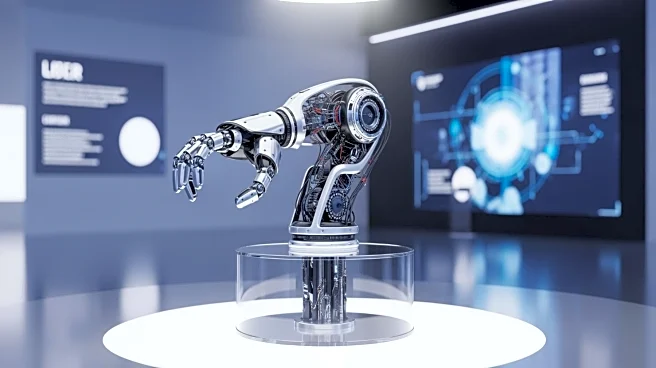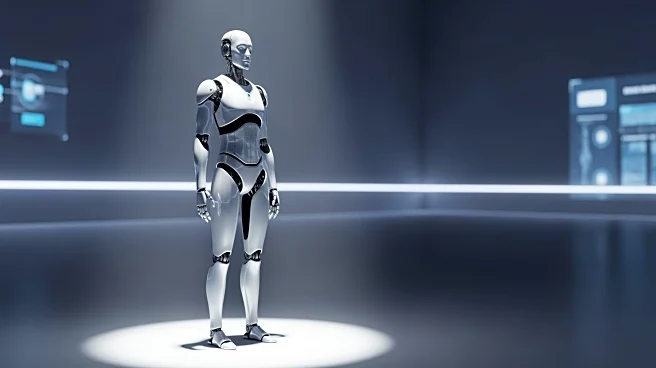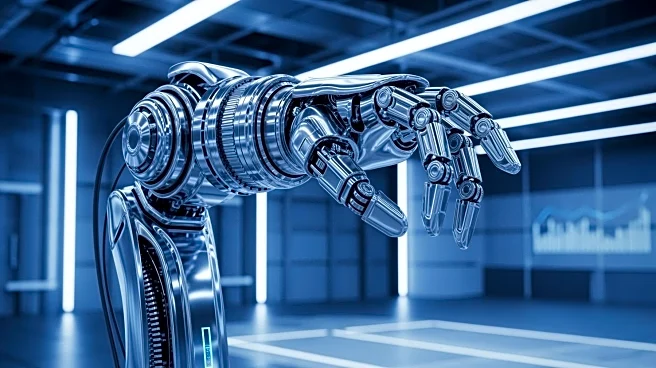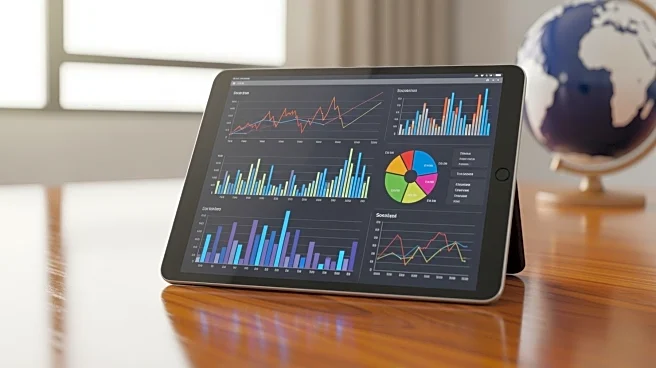What's Happening?
The Covid-19 pandemic accelerated the adoption of cleaning and sanitation robots, transforming them from emergency measures to permanent fixtures in public hygiene. These robots, equipped with technologies
like UV light and disinfectant sprayers, are now integral to maintaining cleanliness in airports, malls, and hospitals. The global cleaning robot sector is projected to exceed $15 billion by 2030, with significant growth in Asia and the United States. Companies like SoftBank Robotics, Gaussian Robotics, and Avidbots are leading the industry, deploying autonomous cleaning solutions across various sectors. These robots utilize advanced technologies such as lidar, cameras, and AI for navigation and disinfection, optimizing efficiency and sustainability.
Why It's Important?
The widespread adoption of cleaning and sanitation robots signifies a shift in public hygiene standards, emphasizing technological competence and operational efficiency. These robots address labor shortages in janitorial services, providing consistent and measurable ROI through reduced chemical use and data-driven resource planning. For regulators, they ensure compliance with hygiene standards in transport, healthcare, and hospitality sectors. The integration of cleaning robots into facility management systems represents a new benchmark for public safety and trust, potentially influencing future infrastructure and public policy decisions.
What's Next?
The future of cleaning and sanitation robots involves integration with building-management and IoT platforms, enabling predictive cleaning based on occupancy and sensor data. Airports and office complexes are experimenting with coordinated fleets that adjust schedules based on foot traffic and air-quality sensors. Hybrid service robots could combine cleaning with delivery or inspection roles, forming part of an intelligent maintenance network. The ultimate goal is self-maintaining environments, where buildings autonomously monitor, clean, and disinfect themselves.
Beyond the Headlines
The integration of cleaning robots into public spaces raises ethical and operational considerations, such as data privacy and the impact on human labor. While robots augment human teams, retraining is necessary to adapt to new roles in robotics management. Public perception has evolved, with robots now seen as essential components of modern infrastructure. The long-term implications include redefining janitorial work and improving working conditions, as well as fostering innovation in automation and facility management.
